Breezie
Gold Member
- Oct 3, 2009
- 6,269
- 2,119
- 🥇 Banner finds
- 1
- Detector(s) used
- White's DFX & Spectrum~Garrett's Pro-Pointer~VibraProbe
- Primary Interest:
- Metal Detecting
Originally this post was to find out what kind of trigger guard this was. It was solved quickly. Today, I was wondering, what .58 bullets were fired in the Springfield? I'm assuming Enfield and 3-Ring Minies. Is that correct and were there others?
(Original Post)
Hey Gang, Does anyone know what type of musket this trigger guard could have belonged? Thanks so much! Breezie
(Original Post)
Hey Gang, Does anyone know what type of musket this trigger guard could have belonged? Thanks so much! Breezie


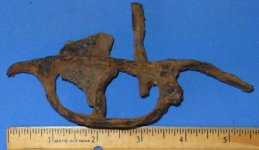
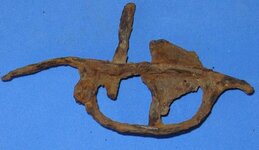
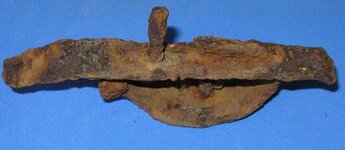
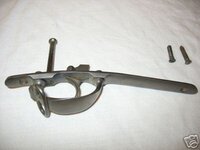
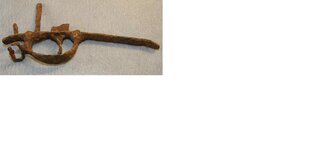
 Breezie
Breezie

![58cartridge[1].jpg](/data/attachments/496/496739-90e3eed51eebe5a8a0a2612199fad461.jpg)
